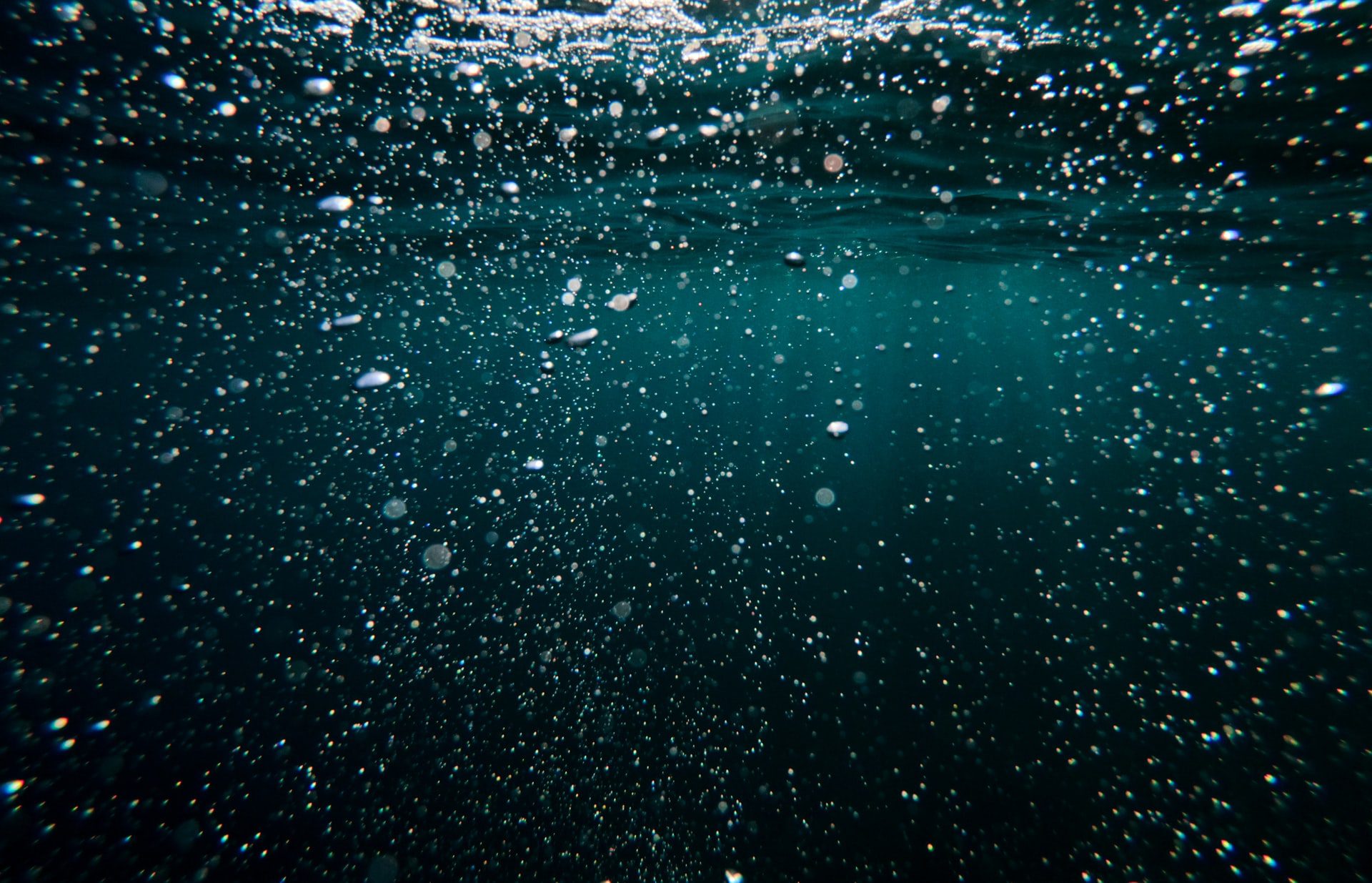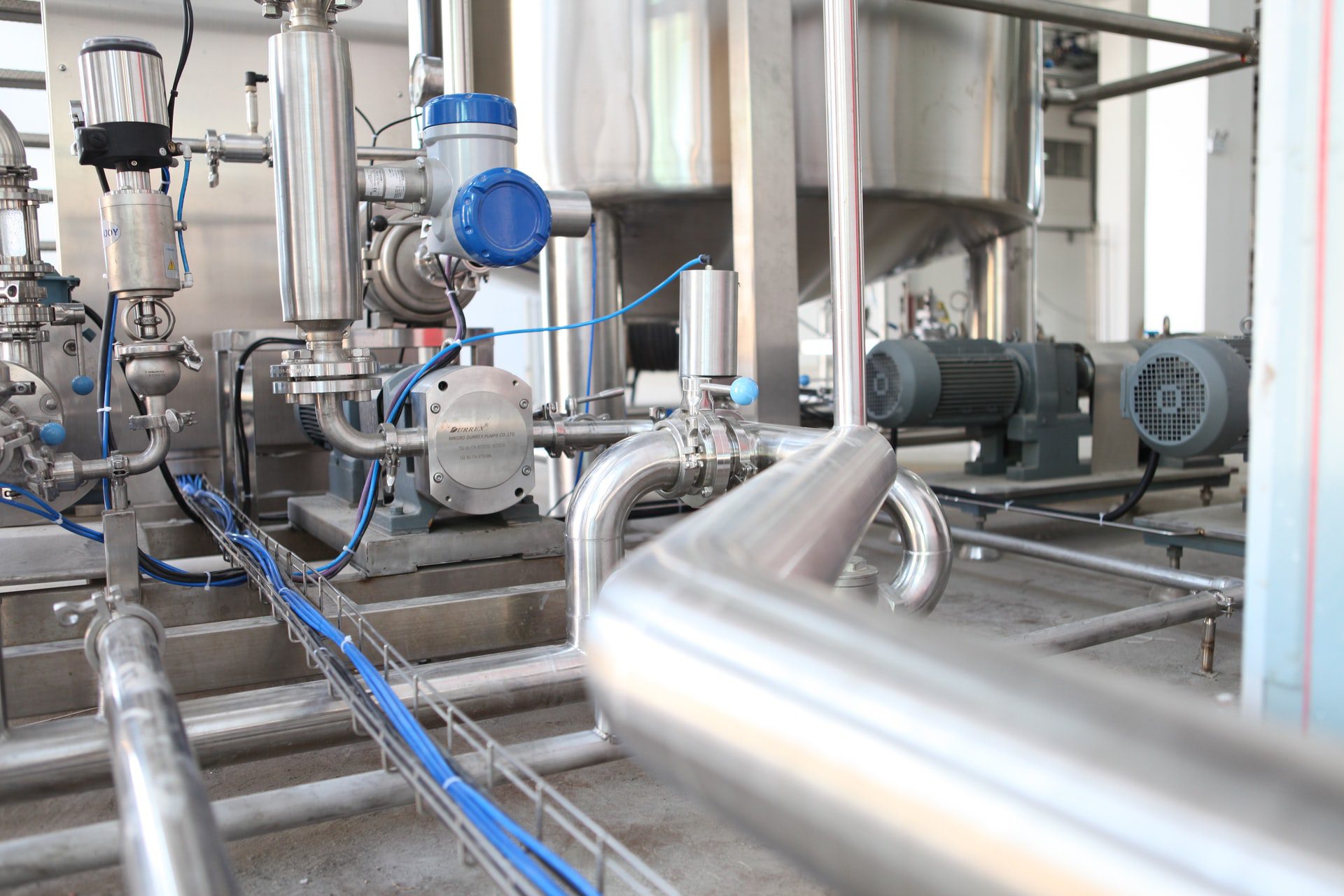11/29/2021 | Industrial Wastewater | 8 MINUTE READ
The Process Behind Ozone Water Treatment Systems
When you’re searching for the ideal water treatment system to use in your home or facility, one option available to you is ozone water treatment. To understand how ozone water treatment systems work, you should first know what ozone is. Ozone is an extremely reactive gas that’s comprised of three separate oxygen atoms. This gas can be natural or man-made. As a natural gas, ozone appears within the earth’s atmosphere.
The location of ozone within the atmosphere dictates whether the gas is beneficial or destructive. Any ozone located in the upper atmosphere filters ultraviolet light from the sun, which effectively protects the earth from radiation. Man-made ozone is commonly used for water treatment purposes since ozone has proven to be effective at ridding water of most of its contaminants.
This particular gas has proven to be reliable at removing contaminants from water because of its oxidizing properties. In fact, ozone is a potent oxidizer that accepts the electrons from other substances. All different types of substances can be oxidized. For instance, iron turns into rust when the oxidizing process occurs.
If ozone is injected directly into a contaminated sample of water, most of the contaminants within the water will be eliminated. While ozone water treatment systems can be used for numerous applications, it’s common for ozone systems to be used for water purification and bottling water applications. This article provides a more in-depth look at ozone water treatment systems and how you can benefit from using them.
How Does Ozone Water Treatment Work?

While there are plenty of other water treatments to consider, ozone water treatment is effective because of how it works when compared to the other treatments. Once ozone has been injected into the water, it will dissolve, which allows the oxidation process to occur. While oxygen consists of two oxygen atoms, ozone gas consists of three oxygen atoms.
As mentioned previously, ozone will react with contaminants in the water and accept their electrons. Once the oxidation process begins, contaminants like metals, bacteria, and viruses will be eliminated. All of these contaminants consist of organic material within their membranes, which is oxidized when the ozone is placed in the water. When this process occurs, the cells that make up the contaminants will be weakened, ruptured, and destroyed.
When ozone oxidizes manganese, copper, and iron, these metals are turned into solid particles, which means that filtering them out of the water becomes easy with the use of an activated carbon filter or mechanical filtration. It’s possible for ozone gas to be created with chemical and electrolytic reactions. However, the two most common systems used for ozone water treatment include electrical and UV ozone generators.
Electrical Ozone Generators
An electrical ozone generator works by producing ozone via corona discharge, which is the same way that ozone is formed while a thunderstorm is ongoing. These generators are outfitted with glass, steel, or ceramic chambers, through which a high-voltage electrical discharge will pass. When this process occurs, molecular oxygen will break down into atomic oxygen, which creates ozone. This ozone can then be vacuumed directly into a venturi tube or bubbled into water. Keep in mind that the oxidation process will occur instantly after ozone is added.
UV Light Ozone Generators
It’s possible for ultraviolet light to effectively create ozone when the light is displayed in a specific range of 160-240 nanometers. The UV light will disrupt the oxygen molecules, which leads to the molecules being split into two separate oxygen atoms. These atoms will then be combined with oxygen to create ozone.
An ozone generator works by sending oxygen through a lamp and a quartz sleeve that’s found in a UV light. A venturi will then draw the ozone into the water. While effective, it’s important to understand that electrical ozone generators are able to produce ozone at a faster rate when compared to UV light ozone generators.
What Ozone Water Treatments Remove from Water

Ozone is among the most effective solutions for water treatment systems because of its ability to eradicate nearly every type of contaminant from water. When you use ozone water treatment, the types of contaminants that should be removed from the water include:
Viruses – Waterborne viruses can create severe health problems, which is why it’s important to filter them out of your water properly.
Bacteria – Just like viruses, drinking water with high levels of bacteria can lead to the development of various illnesses.
Parasites – Different parasites lead to different diseases when consumed. Ozone water treatment is one of the more effective methods for eliminating parasites in water.
Turbidity – The turbidity of water refers to how clear the water is. Some of the substances that cause water to have high turbidity include organic matter, clay, and silt. Lowering the turbidity of water means that any organic matter should be eradicated.
Iron, copper, and manganese – The presence of these metals in water can create health issues if consumed at high levels.
Bad odors and tastes – Certain impurities like hydrogen sulfide can lead to bad odors and tastes in drinking water. Ozone water treatment systems are able to properly eliminate the contaminants that cause these issues.
Hydrogen sulfide – This type of gas can create a rotten egg smell in water, which is why it’s important that any water you drink or use for industrial processes is rid of this contaminant.
Benefits of Ozone Water Treatment

There are numerous benefits of using ozone water treatment in place of other solutions. The primary benefits include:
-Doesn’t use chemicals
-Highly effective
-Reliable technology
-High speed
The main benefit of using an ozone water treatment system is that you can get rid of any contaminants in the water without needing to add chemicals. As such, the wastewater produced during this process can safely enter drains and waterways. You’ll also save some money by not needing to buy water treatment chemicals on a regular basis.
Ozone water treatment systems have proven to be highly effective at eliminating most contaminants. In fact, biological matter is instantly neutralized. This matter includes parasites, bacteria, and viruses. Ozone consists of more potent disinfectant properties when compared to chlorine. The powerful oxidizing aspects of ozone can help you get rid of some of the more stubborn metals that can be found in water. Keep in mind that the effectiveness of ozone doesn’t change substantially with differing pH levels, which means that it’s effective when used in acidic water.
You’ll notice that ozone water treatment is particularly fast when compared to other solutions. While the majority of water treatment systems need a lengthy contact time to reduce or eliminate contaminants, ozone can complete this process in just a few seconds. These systems are also exceedingly reliable and have been used for the treatment of municipal water supplies for more than 100 years.
Disadvantages of Ozone Water Treatment
Even though ozone water treatment comes with many advantages, there are also some disadvantages associated with ozone water treatment. In certain situations, you may need to combine ozone water treatment with another solution to ensure that all contaminants are eradicated. The primary downsides to using ozone water treatment include:
-Transportation difficulties
-High cost
-Possible toxicity and corrosion
Once ozone has been placed into water, its shelf-life is very short, which can make transportation difficult. Since ozone can’t be transported and stored for an extended period of time, it will need to be produced on-site and used immediately.
Ozone water treatment systems have a high cost in comparison to other solutions available to you. Along with high equipment costs, the operational costs are also high. If you would like to add an ozone water treatment system to your home, doing so can cost anywhere from $300-$5,000. In the event that the system is set to be used in a municipal facility, the higher costs could be offset by the reduced need for chemicals during the treatment process.
The third and final issue with ozone water treatment systems is the possibility of toxicity and corrosion when using the system. Ozone is considered to be a toxic gas, which can lead to hazardous situations in the event that the ozone generator you’ve purchased leaks. The main side effects associated with ozone exposure include eye and throat irritation as well as headaches. It’s also possible for ozone to corrode fixtures and pipes in the event that they aren’t made from Teflon or stainless steel.
Ozone water treatment systems can be very effective at getting rid of most contaminants in your water. Whether you want one of these systems for your home or industrial facility, you should be satisfied with the results. However, it’s important that you select an ozone generator that provides you with the amount of ozone you require for your building. As mentioned previously, electrical generators will produce a higher amount of ozone in comparison to UV light generators. Once you’ve produced enough ozone, you will be able to eliminate nearly all contaminants without needing to introduce chemicals to the water.
Posted by Sensorex on November 29, 2021
Sensorex is a global leader in the design and manufacture of quality sensors for water quality and process applications. The company offers more than 2000 sensor packages for pH, ORP, conductivity, dissolved oxygen, free chlorine, chlorine dioxide, UV transmittance and other specialty measurements, as well as a full line of sensor accessories and transmitters. Its expert technical support engineers solve analytical sensor challenges with custom designs and off the shelf products.




